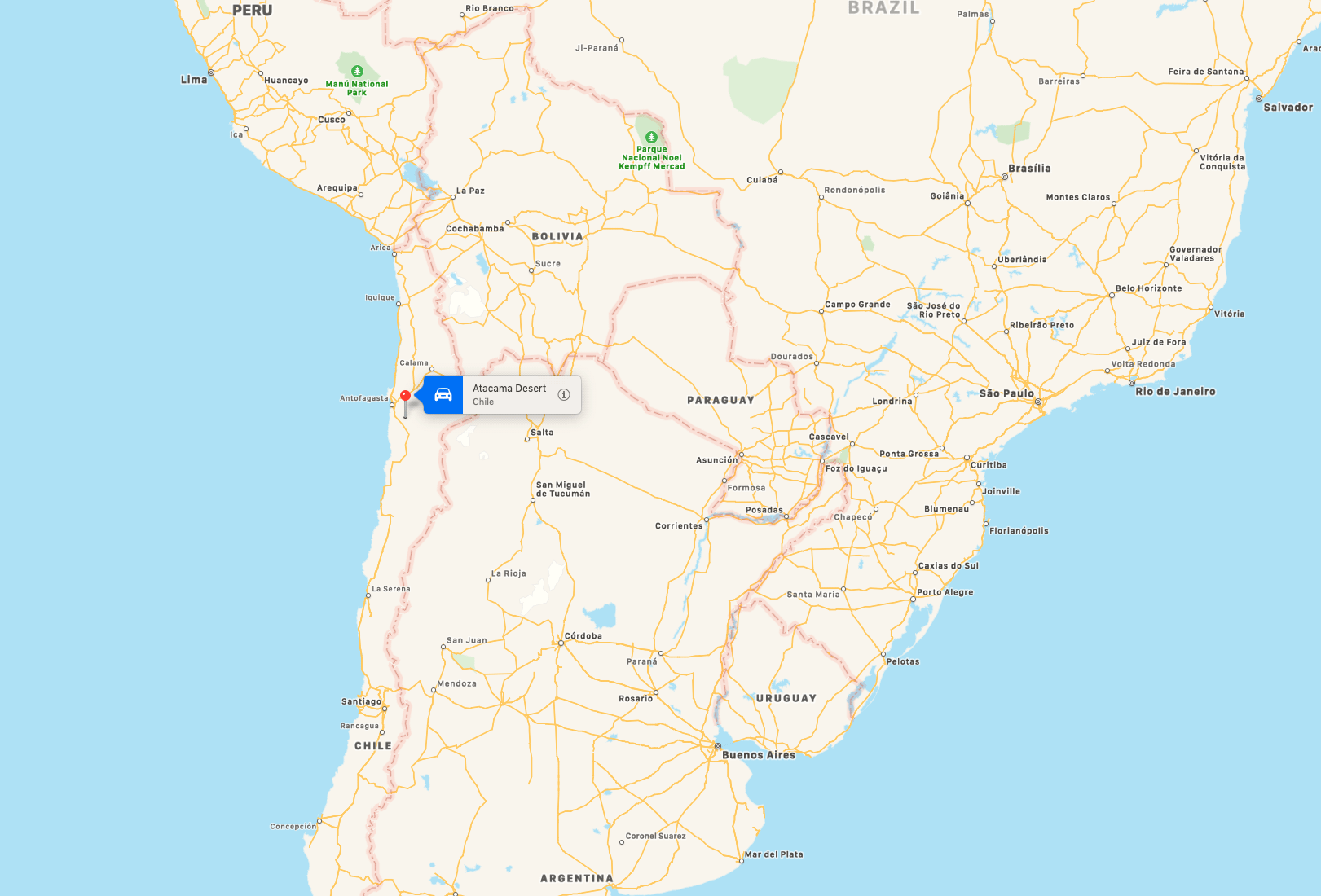
In Chile, the Atacama Desert is considered the driest desert on earth and rarely receives rain, let alone snow. But last week, 32″ of snow fell on the area.
The desert will see a rainfall event every two or three years, but usually in June or July. For snow to fall this late in August is extremely rare.
“This does not occur yearly. Maybe a relatively important snowfall like the one today can happen every two or three years. For this time of the year, late August, is something relatively unusual because this is usually seen in June and July.”
Daniel Diaz, Northern Regional Meteorological Centre, told Reuters
The event is the heaviest precipitation event in over 30-years, and it snowed more than in the last 50-years combined. The desert averages 0.47-0.63 inches (12-16mm) of rain per year.
The #Atacama Desert has been experiencing unusual amount of snow. The cold front that came through the region dumped nearly 32 inches of snow on the desert — more snow then the region has seen in the last half-century. Atacama #desert is known asone of the driest place on Earth pic.twitter.com/qmqJPnssxI
— Amazing Paper (@JohanesZijlstra) August 27, 2021
For residents of El Salvador, the closest town, it was the first time many of them had even seen snow. They seized upon the once-in-a-lifetime opportunity to build snowmen and throw snowballs.
“This is wonderful. I’m 30-years-old, and this is the first time I see snow.”
– El Salvador resident
WATCH: Snow in the desert? Rare snowfall in August blankets swathes of Chile’s Atacama desert pic.twitter.com/BtboWarc1K
— Reuters India (@ReutersIndia) August 27, 2021
According to Wikipedia, the Atacama Desert is a desert plateau in South America covering a 1,600 km (990 mi) strip of land on the Pacific coast, west of the Andes Mountains. The Atacama Desert is the driest nonpolar desert in the world and the only true desert to receive less precipitation than the polar deserts and the largest fog desert in the world. Both regions have been used as experimentation sites on Earth for Mars expedition simulations. According to estimates, the Atacama Desert occupies 105,000 km2 (41,000 sq mi), or 128,000 km2 (49,000 sq mi) if the barren lower slopes of the Andes are included. Most of the desert is composed of stony terrain, salt lakes (salares), sand, and felsic lava that flows towards the Andes.
The desert owes its extreme aridity to a constant temperature inversion due to the cool north-flowing Humboldt ocean current and to the presence of the strong Pacific anticyclone. The aridest region of the Atacama Desert is situated between two mountain chains (the Andes and the Chilean Coast Range) of sufficient height to prevent moisture advection from either the Pacific or the Atlantic Ocean, a two-sided rain shadow.
